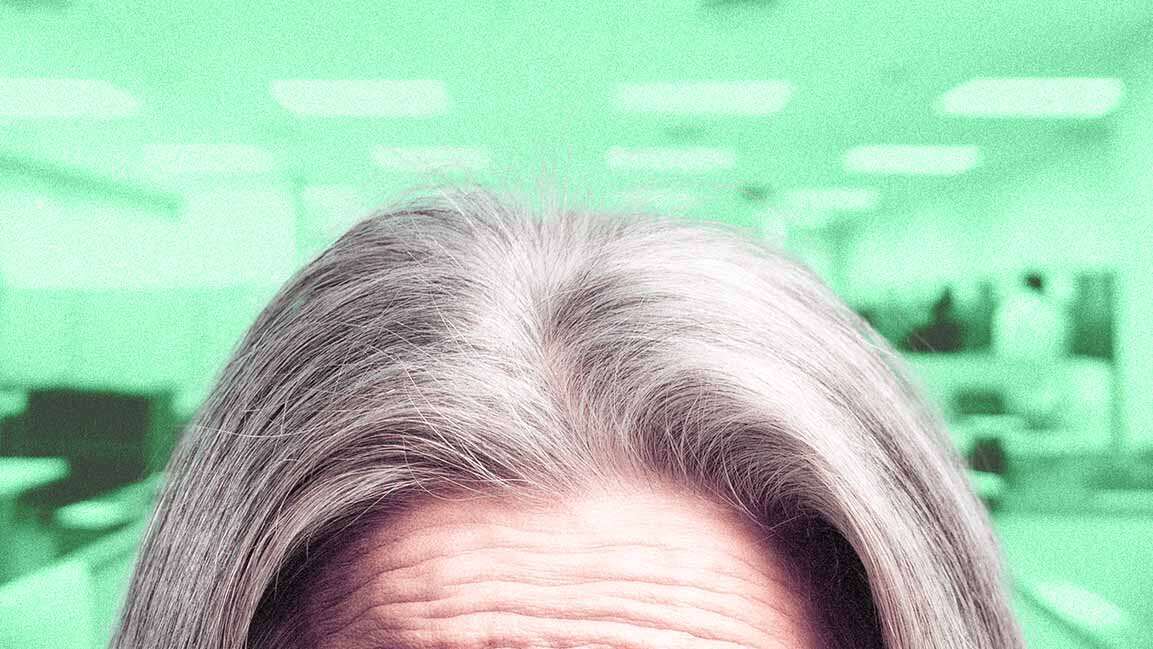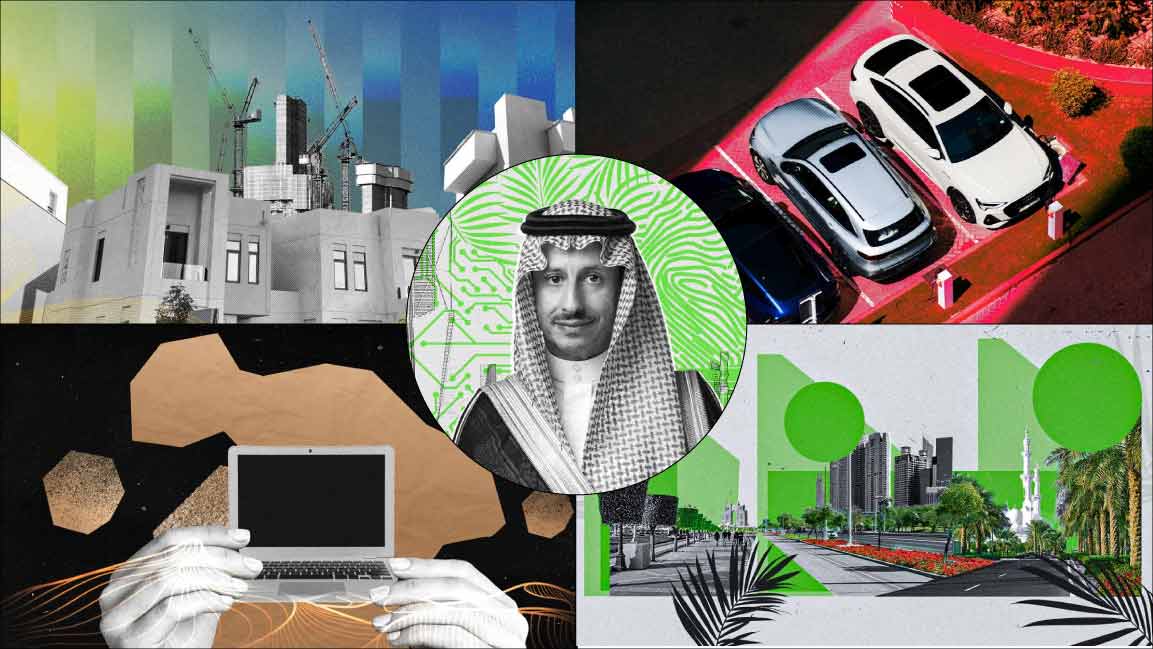- | 9:00 am
Wellness tourism is flourishing. And the Middle East seems to be ready
Wellness tourism is evolving, attracting global travelers in search of relaxation and rejuvenation

It was obvious that after the pandemic, people would want to travel and explore the world. At the same time, it was apparent that people would prioritize health, including physical and mental well-being.
This powerful intersection has led to a major multi-billion-dollar business worldwide – wellness tourism. And the Middle East wants to be the world’s next big wellness destination.
EVOLVING CONSUMER DEMANDS
Wellness tourism is now the tourism industry’s fastest-growing sector, expected to hit $1.3 trillion globally by 2025, according to the Global Wellness Institute.
“No region in the world is growing wellness tourism revenues faster than the Middle East and North Africa, which accounted for 18% of the total market in 2022,” says Giovanni Beretta, Regional Vice President & General Manager at Burj Al Arab Jumeirah.
This remarkable growth is marked by a profound shift in how wellness services are perceived and consumed.
For example, the Middle East has always focused strongly on the traditional spa proposition, with hotel and resort spas accounting for 39.7% of the total market revenue. However, today’s consumer is more sophisticated and educated in wellbeing.
Beretta adds, “We’ve seen the journey over the last decade, where it was spa, then wellness, and now well-being. What was previously seen as luxury or add-on services are now woven into every aspect of daily life, making them part of work, travel, leisure, and healthcare. This evolution and demand for wellness tourism is playing a key role in the tourism and hospitality investment in the region.”
Multiple trends play an important role, too. Firstly, the unique geographical features, such as beautiful landscapes and coastal areas, have become attractive destinations for those looking to relax and rejuvenate, says Carlo Javakhia, General Manager at The Ritz-Carlton, Doha. “The region’s cultural richness and historical significance also draw wellness tourists who seek authentic and holistic experiences.”
Secondly, its strategic location as a global travel hub makes it accessible to travelers from various parts of the world, contributing to the growth of wellness tourism.
Also, in recent stressful years, travelers increasingly seek serene, adventurous destinations with great hospitality for relaxation, new experiences, and restoration of well-being. Wellness tourism is central, focusing on mental, physical, and emotional well-being and stress relief, says Joe Ghayad, General Manager at The Nile Ritz-Carlton, Cairo.
He says, “Since the world has reopened its doors, tourists have realized the need to take care of themselves: body, mind and soul. The wellness tourism industry has become a significant contender in the global tourism market, with a valuation of $815 billion in 2022.”
But, one of the major reasons why the demand for wellness tourism in the Middle East has evolved in recent years, leading to unprecedented growth, is due to the increase in the youth population.
Mohammed Marghalani, Chief of Franchised Assets Operations at PIF Projects, says over the last four years, countries like Saudi Arabia have witnessed a significant shift among younger generations towards seeking wellness solutions in their food and lifestyles.
Wellness clubs utilize the country’s natural beauty, boosted by local destination management companies, promoting mountain yoga, desert hikes, and stargazing trips. Organic shops thrive, and workplaces incorporate gyms.
INTEGRATING MIDDLE EASTERN CULTURE
Wellness offerings are a key aspect of providing an authentic experience to visitors, believes Yazan Latif, General Manager at Marsa Malaz Kempinski, The Pearl – Doha. He says, “Traditional wellness therapies, including meditation, spa aromatherapy massages, and traditional Arabic and Islamic medicine, offer holistic well-being through age-old practices and herbal remedies, allowing guests to connect with the region’s heritage.”
Beretta believes that unique and holistic wellness treatments create memorable experiences. This is achieved by honoring Arabic culture and offering therapies such as hammam experiences deeply rooted in ancient traditions. Influenced by Qatar’s heritage, Javakhia says that spa treatments use local elements like rosewater, honey, and dates, reflecting their cultural significance.
TACKLING OVER-TOURISM AND SENSITIVITY
Latif says that managing the influx of wellness tourists presents challenges like seasonal variations, competitive markets, staffing, and maintaining quality. He states that to handle wellness tourism challenges, strategies such as capacity control to prevent overcrowding, a reservation system for resource management, cultural training for staff, informative materials for guests on local customs, and a feedback system for improvement and issue resolution are crucial for providing an enriching experience.
Javakhia says cultural sensitivity is paramount, and the staff undergoes comprehensive training to understand and respect local customs and traditions.
Collaborations with local experts provide guests valuable cultural insights, encouraging a deeper appreciation of the region’s heritage.
MIDDLE EAST’S GLOBAL WELLNESS FOOTPRINT
The Middle East’s wellness tourism industry substantially contributes to the global wellness tourism market. It stands out by offering a unique blend of ancient traditions, cultural richness, and modern luxury, attracting wellness tourists seeking holistic well-being, believes Latif.
Javakhia points out that Middle Eastern nations have invested substantially in wellness infrastructure, resorts, and medical facilities.
Data shows that wellbeing holidays are rising in the region, with more than six in ten from the UAE (61%) and 73% of Saudi’s planning a wellness escape this year.
Combine this with the fact that wellness travelers spend 55% more on average than leisure travelers – and the fact that Middle East travelers are already among the world’s highest spenders when they travel with outbound trip expenditures of over $3,000 vs. the US average of $1,900 – and you can get a clear picture of the importance of this region to the wellness tourism market, says Beretta.








































